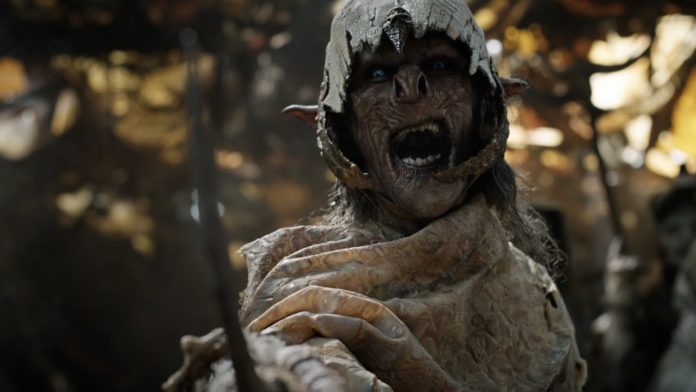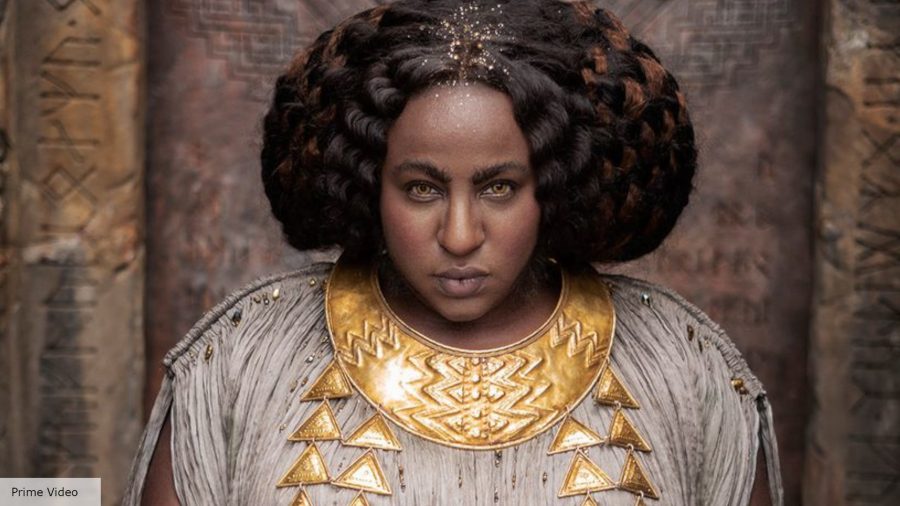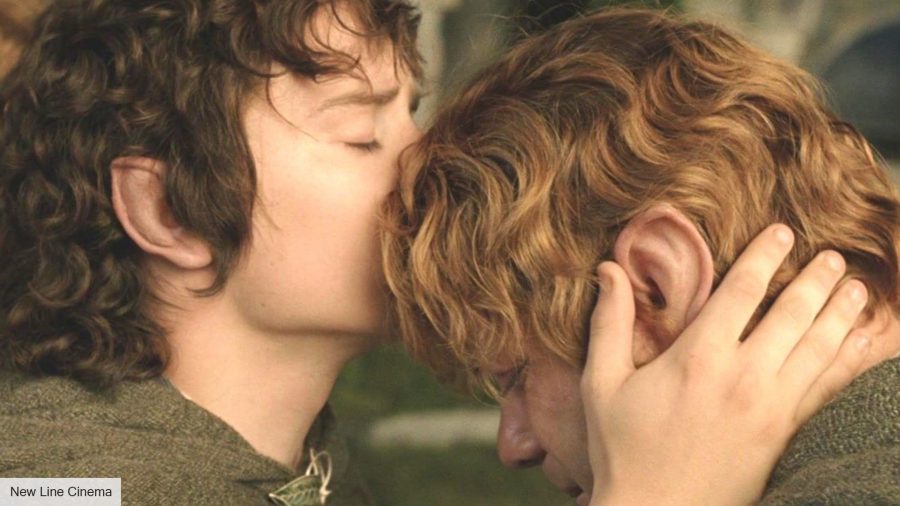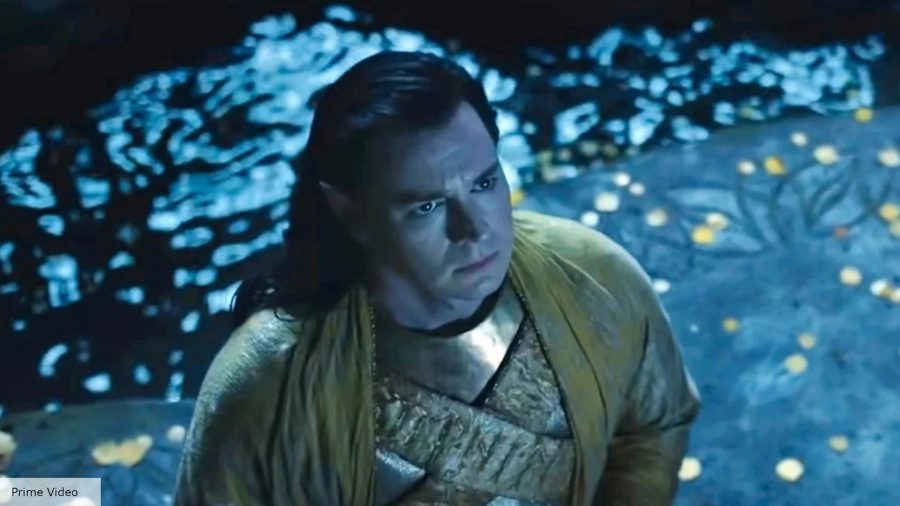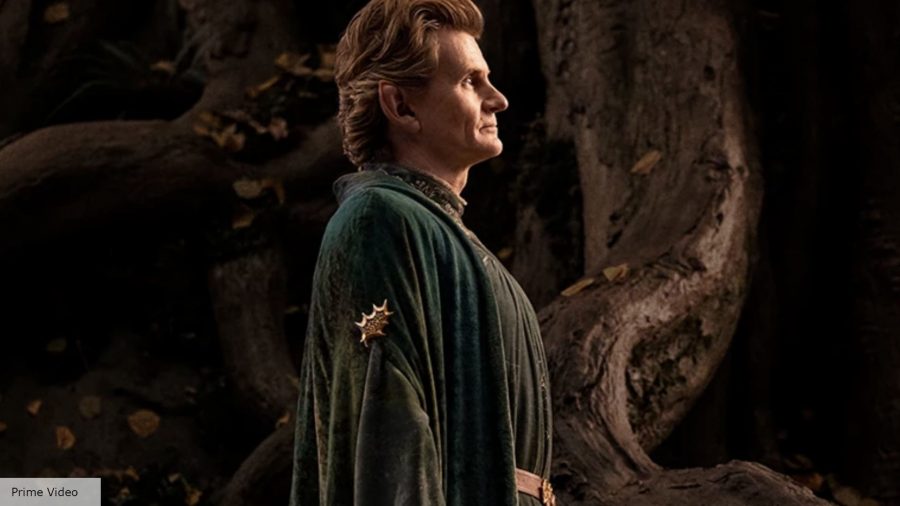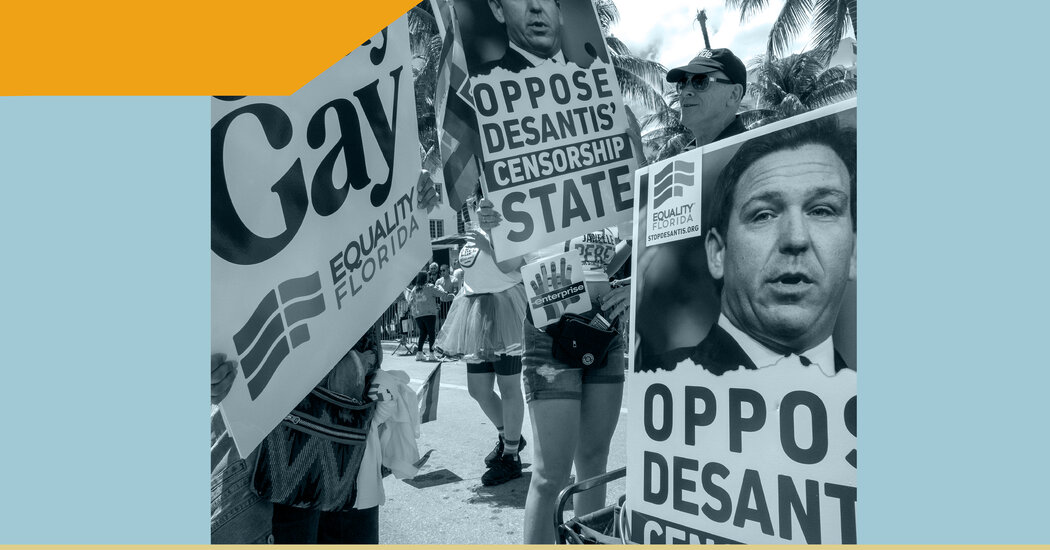Watching molten metal poured to reveal Rings of Power, the title of the long-awaited Tolkien-centric Amazon TV series, my little nerdy heart skipped a beat. This was truly happening. I have watched Tik-Tok videos and read articles, dissecting every detail, attempting to anticipate the plots and characters of Rings. With no story to directly recreate, unlike the Lord of the Rings movies, and The Hobbit, the world of Middle Earth is open to the Rings creatives.
Some might consider this unnerving, wary of how adaptions can take liberties with beloved sources material. I am optimistic. The release of the promo featuring black actress Sophie Nomvete as dwarf princess Disa suggests the creators are keen to diversify Tolkien’s world. Original female characters are set to be included too.
With these steps to pull Tolkien’s work into the modern world, as a gay Tolkien nerd, I have to ask: how gay will it be? Already, I can prophesize what certain Tolkien fans might say. ‘But there aren’t any gays in Middle Earth. There’s no need for sexuality’. How far they would be from the point.
Firstly, Tolkien is a bastion of the fantasy genre, both in following and subverting fantastical tropes. At its bare bones, the fantasy genre requires its audience to suspend their disbelief and be submerged into a world that bares no semblance to their own. Tolkien, Jackson et al. ask you to believe in elves, wizards and giant spiders. Indeed, ‘believing’ that two hobbits could fall in love isn’t a leap from those same hobbits destroying a magic ring?
Attempting to divorce sexuality from the fantasy genre is an impossible task. Our longest surviving examples of fantasy – fairy tales – are built on foundations of heterosexuality. The prince marries the princess; the knight rescues the maiden. Tolkien is rife with couples and marriages.

Though a tangent from the primary quest narrative, you have the Aragorn – Arwen – Eowyn love triangle and the marriage of Sam and Rosie; and in The Hobbit films, there’s the ill-fated-but-well-meaning romance between Kili and Tauriel.
If what these bemoaning Tolkienites mean is sex, then I don’t think they need fear. Showrunner Patrick McKay has promised that Rings will not be the new Game of Thrones with surplus blood and bodily fluids. But to equate sexuality solely with sex is reductive and shouldn’t preclude the inclusion of non-straight sexualities.
The one to rule them all: Lord of the Rings characters ranked
When the pictures of Disa were released, racially-motivated opinions were voiced. The general gist was that there wouldn’t be any black dwarves. The reasoning: Tolkien’s dwarves are inspired by the dwarves of Norse Mythology, and all Scandinavians are white. Not only is this argument thin – ‘like butter spread over too much bread’ – it wouldn’t be impossible for a similar argument to be made to exclude queer people.
If you think Norse mythology is filled with only straight cis figures, then I suggest you pick up a book. God Loki shapeshifts into a woman, even ‘laying’ with a stallion. Odin is mocked for practising seidr or ‘woman’s magic’. Norse mythology has an inherent queerness. The idea that Tolkien’s universe would lack queer people because of its relationship to Norse mythology does not stand.
Within the canon of Middle Earth, there are opportunities where reading queerness could set a precedence for canon queerness. Plenty has been written on the queerness of Sam and Frodo’s relationship. Their devotion, and their intimacy, are all touching inferences of queerness.
On more than one occasion, the hobbits kiss each other – ‘Sam took his master’s hands…and kissed them’ (‘Mount Doom’, Return of The King). At other times, embarking as a duo, they fall asleep together – ‘In [Sam’s] lap lay Frodo’s head…’ (‘The Stairs of Cirith Ungol, The Two Towers).
A magical couple: Best romance movies
What might further this reading is Sam and Frodo’s ending, parallel to another ‘queered’ couple. Sam eventually joins Frodo in the Undying Lands. Joining a male companion, effectively, in death, parallels mythic warrior Achilles and his companion/ lover Patroclus, made famous by Madeline Miller’s novel Song of Achilles. After Patroclus’ death, Achilles insists that he is buried with him.
The interred mingling of bodies, the love and devotion implied in Miller’s novel, could be mapped onto Sam and Frodo’s relationship.
It’s important to remember that Middle Earth is populated by more than just humans. And these beings have proved cultural and social differences to men – is it a leap to believe these differences could include sexuality?
In the Two Towers, Gimli jokes with Eowyn about the appearance of dwarf women, that they too have beards. Dwarf women present a challenge to human ideas of women. This exemplifies how Middle Earth’s inhabitants do not share all social norms, including gender norms. The concept of bearded (dwarf) women could lend itself to all kinds of queer interpretations, such as a trans or gender fluid reading of dwarf women.
In a similar vein, elves do not share all the same cultural concepts as men. In the Fellowship book, Galadriel bestows gifts upon the fellowship: “…this is what your folk would call magic…though I do not understand clearly what they mean”. Some could argue that this is a matter of semantics, but magic is a man-made idea, unknown and seemingly ‘untranslatable’.
You shall not pass! Best fantasy movies
I have read about the mountainside scene after Gandalf falls; Orlando Bloom’s performance appears confused. This confusion is not centred on Gandalf but rather its effect; elves, as immortal beings are unfamiliar with the finality of death. In Tolkien’s words, death is the ‘gift of men’. Death and its finality, a foundational concept for men, is an idea not shared with elves. What other man-made concepts might not be shared?
Perhaps, within elvish culture they don’t recognise sexual preference as an identity; they perhaps don’t have words akin to ‘gay’ or ‘lesbian’, or ‘homophobia’. While there are examples of heterosexual elven marriages, in the unnarrated background of Rivendell or Lothlorien, there could be same-sex elvish couples, their coupling distinct from the sexuality norms of men.
Returning reading queerly, taking canon and viewing it through a queer lens, Tolkien includes tropes that can be interpreted or would have significance for a queer audience. Tolkien blends his strands of high fantasy with romantic tropes such as the forbidden romance. The examples are usually between elves and men.
Working on the basis that certain relationships are deemed clandestine, same-sex relationships have historically been viewed similarly. If we were to change Arwen to a man, potentially, the trope of the forbidden romance would remain unchanged, maybe even heightened by the same-sex factor.
The classics: Best movies of all time
Throughout the trilogy, the relationship between Legolas and Gimli can be treated as an overcoming of the historical animosity between elves and dwarves. As they become companions, this animosity clashes with their growing friendship (“It was not the fault of the Dwarves’…said Gimli ‘I have not heard it was the fault of the Elves’, said Legolas’ (‘A Journey in the Dark, FOTR)”).
By the end, in the iconic exchange between them – ‘Never thought I’d die fighting side by side with an elf’ ‘What about side by side with a friend?’ – their relationship is cemented, and they have overcome the inherited hatred from their respective cultures.
The elf-dwarf relationship storyline would be well-suited to a same-sex relationship: the internal struggle, pressures from outside forces, and eventual acceptance. If you are interested in further readings, you’ll find that Legolas and Gimli also travel to the Undying Lands together, akin to Frodo and Sam, and paralleling Achilles and Patroclus.
Like the dwarves in Erebor, I like to think I have unearthed and polished precious precedence for queer representation in Tolkien-inspired works: representation that will hopefully be reflected in Rings of Power. Yes, Tolkien might not have written queerness, but that doesn’t mean it can’t be found, interpreted or explicitly included now.
An unmissable quest: Best adventure movies
I asked Don Marshall (donmarshall72), Tolkien extraordinaire and Tik-Tok creator, for his thoughts: “One of the great things about Tolkien’s Middle Earth is that each new adaptation beyond the books brings something exciting to invite new fans into the community…Tolkien may have created the universe, but the community has kept it alive all these years later.”
With the prospect of queer inclusion, maybe it’ll attract people who have not seen themselves in Tolkien before. I am counting down to Rings. And who knows, maybe we’ll see our first hobbit-on-hobbit kiss.

